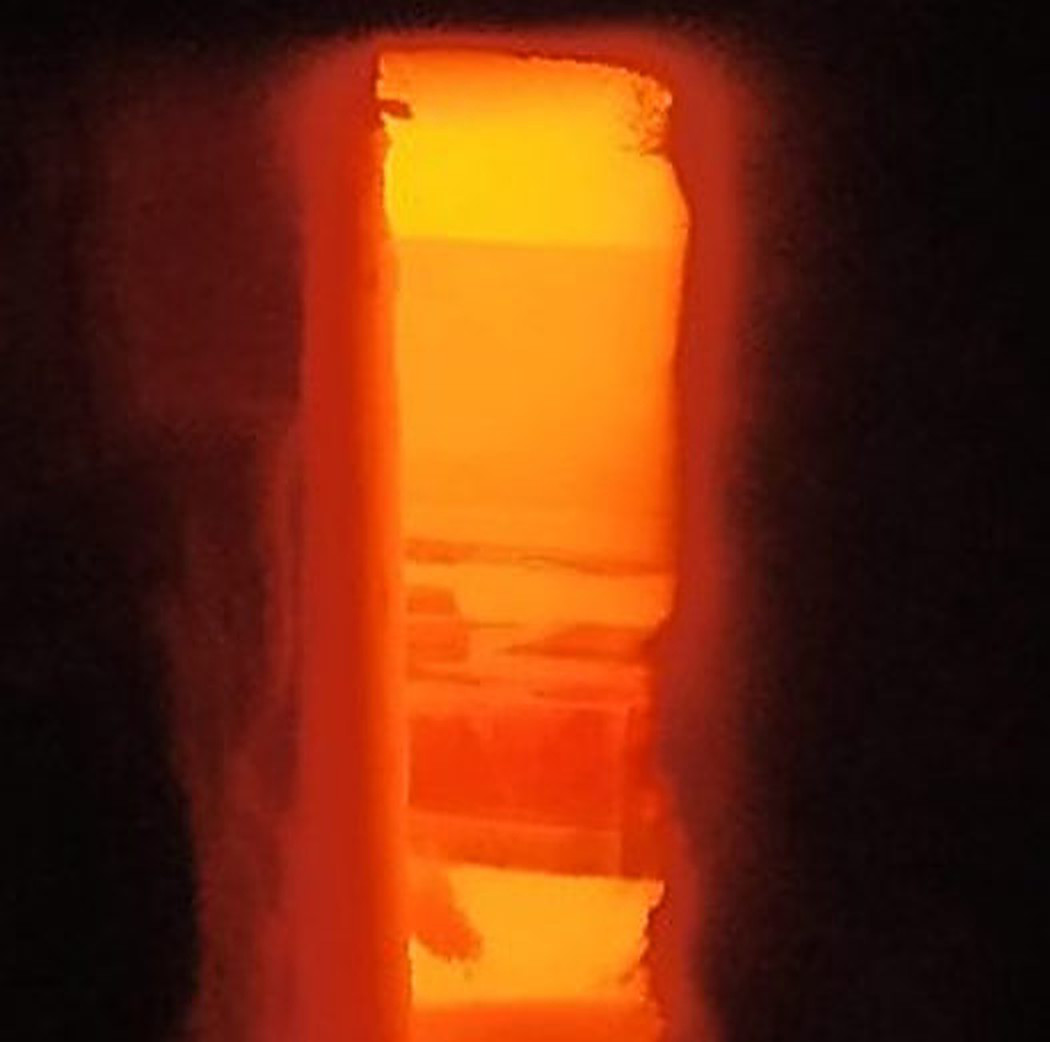A group of scientists from the Technical University of Madrid has fabricated a latent heat thermophotovoltaic (LHTPV) battery that is able to store electricity in the form of latent heat at temperatures of over 1,000 degrees Celsius and then convert the stored heat to electricity on demand using a thermophotovoltaic system consisting of a thermal emitter and a photovoltaic diode cell.
“We have built a small, laboratory scale prototype of less than 1kWh of storage capacity,” the research's corresponding author, Alejandro Datas, told pv magazine. “To reach commercial maturity, we need to build a system with several megawatt-hours of energy capacity, which may require some time and a large amount of funds. However, we are already working on that and, hopefully, we can speed things up if we find the right partners to scale the technology.”
The proposed system uses renewable electricity to melt, at temperatures over 1,000 degrees Celsius, low-cost metals such as silicon or ferrosilicon alloys, which are able to store energy during their fusion process, thus producing the so-called “latent heat.” According to the research team, a liter of silicon material is able to store more than 1kWh of latent heat, which corresponds to the energy contained in a liter of hydrogen pressurized at 500 bar. “However, unlike hydrogen, silicon can be stored at atmospheric pressure, making the system potentially cheaper and safer,” it further explained.
The thermophovoltaic generator used for the device is described by the researchers as a miniature photovoltaic system that can generate up to 100 times more energy than a conventional PV installation. According to the researchers' calculations, if a square meter of a conventional PV array produces 200W, a square meter of thermophotovoltaic system may generate up to 20kW. “The efficiency of thermophotovoltaic cells ranges between 30 and 40% depending on the temperature of the heat source,” they emphasized. “Furthermore, the use of thermophotovoltaic generators, instead of conventional heat engines, avoids the use of moving parts, fluids, and complex heat exchangers.”
The silicon and ferrosilicon alloys can store energy at a cost of less than €4 per kWh, although its commercial costs may be higher as the system currently does not integrate a container and thermal insulation. “It would be possible to reach costs of around €10 per kilowatt-hour if the system is large enough, typically more than 10MWh, since the cost of thermal insulation would be a small fraction of the total cost of the system,” the Spanish group emphasized, noting that if costs will be further reduced, it may be enough to recover only 30-40% of the energy in the form of electricity, to make these devices more profitable than lithium-ion batteries. “Additionally, the remaining 60-70% of the heat that is not converted to electricity can be delivered directly to buildings, factories, or cities, reducing your natural gas consumption.”
The battery was presented in the paper “Latent heat thermophotovoltaic batteries,” which was recently published in Joule. “If the price of stationary lithium-ion batteries remains high, it will be necessary to combine them with other, cheaper technologies, such as thermophotovoltaic batteries, which allow larger amounts of electricity to be stored,” Datas concluded.
*The article was updated on March 28 to reflect that the figure €4 per kWh refers to the cost at which silicon and ferrosilicon alloys can store energy, and not to the cost at which the device stores energy.
This content is protected by copyright and may not be reused. If you want to cooperate with us and would like to reuse some of our content, please contact: editors@pv-magazine.com.




4 comments
By submitting this form you agree to pv magazine using your data for the purposes of publishing your comment.
Your personal data will only be disclosed or otherwise transmitted to third parties for the purposes of spam filtering or if this is necessary for technical maintenance of the website. Any other transfer to third parties will not take place unless this is justified on the basis of applicable data protection regulations or if pv magazine is legally obliged to do so.
You may revoke this consent at any time with effect for the future, in which case your personal data will be deleted immediately. Otherwise, your data will be deleted if pv magazine has processed your request or the purpose of data storage is fulfilled.
Further information on data privacy can be found in our Data Protection Policy.